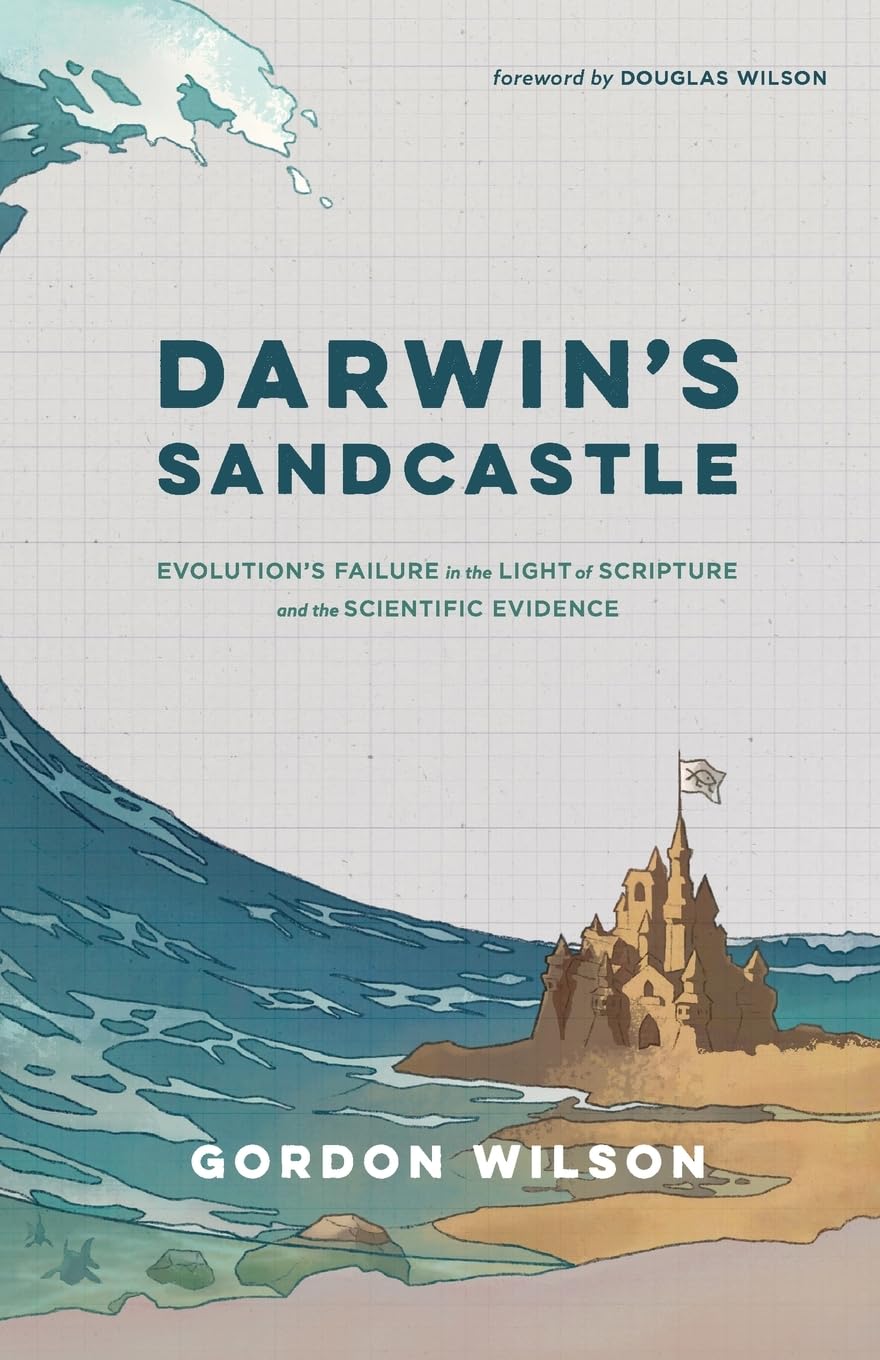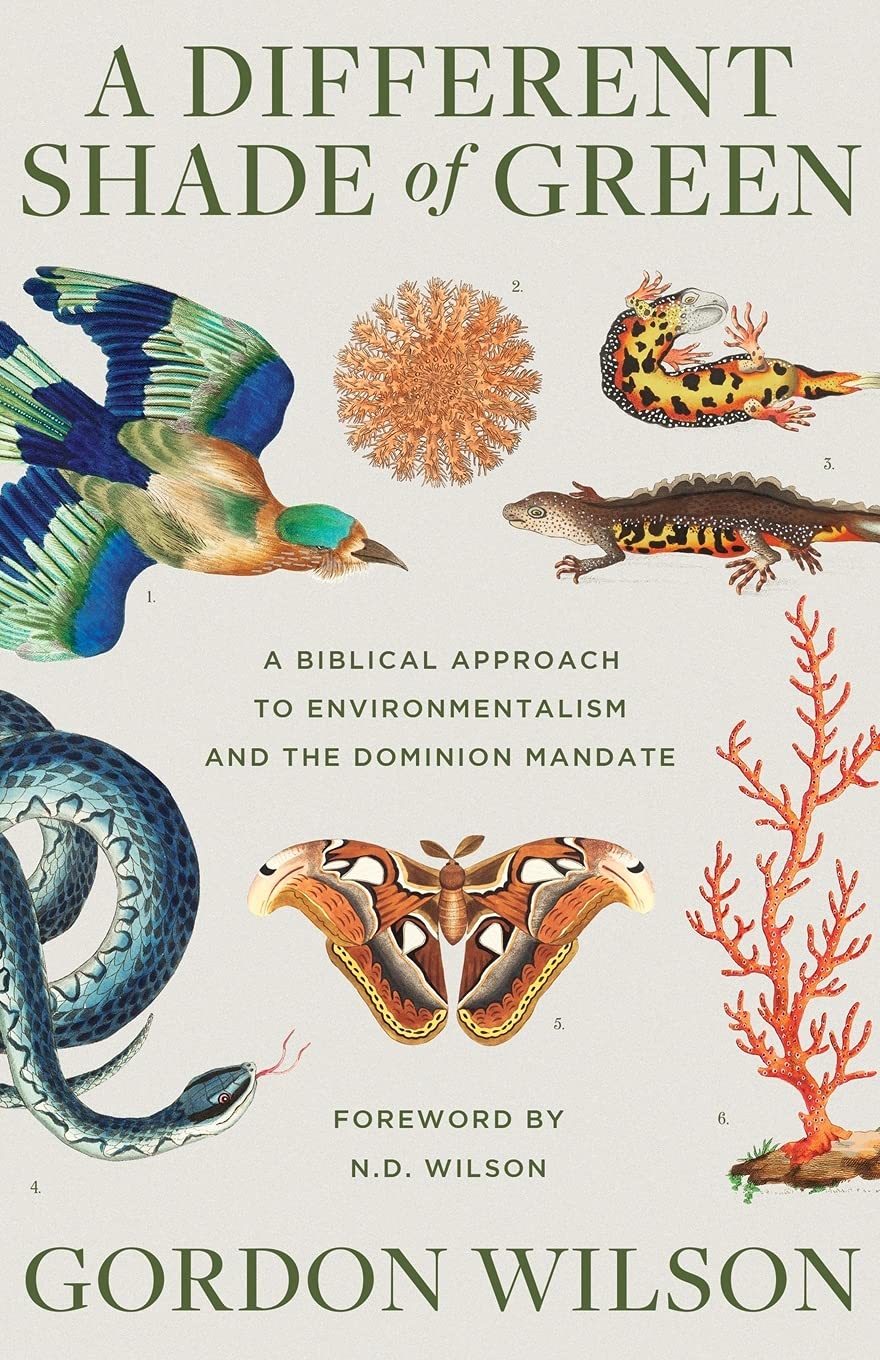Many people think we can depend upon scientists to draw dependable conclusions. Recent events in the field of environmental science however, throw some interesting light on this issue. When it is evident that a mistake has been made, do scientists change their minds? Not necessarily. The story of atmospheric ozone and the Montreal Protocol, is a case in point.
The Montreal Protocol is twenty years old. It was the first major international agreement on an environmental issue of global concern. According to the agreement, major industrial nations agreed to phase out the manufacture of chlorofluorocarbons, chemicals used in cooling systems (refrigerators) and other important industrial applications. More recently the science upon which the negotiations were based, has been called into question. The story of research on atmospheric ozone is certainly a cautionary tale of how not to react to perceived environmental crises.
It was in 1974 that chemists Mario Molina and Sherwood Rowland first proposed the theory that chlorofluorocarbons (CFCs) would break down in the upper atmosphere (stratosphere) thereby releasing chlorine atoms which could break down ozone gas into ordinary oxygen. Based on this theory, some people suggested that governments take action against the CFCs used in manufacturing, but nothing was done at the time. Then in 1985, the discovery of a large area of much lower ozone levels in the sky over Antarctica, really caught the world’s attention. Such an “ozone hole” in the Antarctic sky has since appeared each spring. Ozone levels soon bounce upward again, but scientists worry that a significant amount of ozone is being lost every year in the sky over this southern, very cold continent.
More recently, an ozone hole over the Arctic was also found during very cold springs in the northern hemisphere. A United Nations conference in Vienna in 1985 was hastily convened to search for an international response to the ozone problem. The reason for concern about ozone levels, is that this gas filters out harmful ultraviolet radiation (UV) which comes from the sun. As a result of its ability to break genetic information (DNA) in cells, UV radiation can cause cancer and cataracts. The Vienna conference however failed to achieve a consensus. The Montreal conference, which met two years later, approved the freezing of CFC production worldwide, initially at 1986 levels with a subsequent phased reduction over ten years. Thus the Montreal Protocol was achieved in 1987 and ratified two years later in 1989.
A retrospective article, written in 1993 in the journal Science, admitted that there were no actual documented negative effects from reduced ozone levels. There had, in fact, been no increase in dangerous UV light discovered in the USA. On the contrary, the data, if anything, suggested a slight decrease in UV light. The concern was over what might happen in the future. Thus the Science writer declared: “The gap between the present danger of ozone depletion – little or none that can be attributed to rising ultraviolet radiation at the Earth’s surface – and the possible danger in the future, had not the Montreal Protocol been passed, provided plenty of room for a wide range of opinions as to how much concern is warranted.” (Science June 11/93 p. 1580)
The 1993 Science article also mentioned that the current scientific understanding of global ozone behaviour was “fraught with uncertainty.” That admission certainly came to mind when a news item about ozone chemistry appeared in the journal Nature September 27, 2007. It was impossible to miss the title: “Chemists poke hole in ozone theory.” The opening paragraph declared that new experimental results “threaten to shatter established theories of ozone chemistry” and if the data are confirmed, “scientists will have to rethink their understanding of how ozone holes are formed.”
According to the theory of Molina and Rowland, sunlight in the highest levels of earth’s atmosphere (upper stratosphere) breaks down CFCs and releases very reactive atoms of chlorine gas. Unlike most molecules which enter our atmosphere, CFCs arrive intact in the stratosphere because they are so resistant to chemical change. However even these molecules succumb to the effects of strong sunlight in the outer atmosphere. The reactive chlorine then steals an atom of oxygen from ozone. This leaves oxygen gas (O2) instead of ozone (O3). The chlorine oxygen combination then combines with another such combination to form dichlorine peroxide (Cl2O2). The sun then causes that molecule to break down too, releasing more reactive chlorine which can again attack more ozone. That was the theory.
What chemists have more recently carried out, is to measure how fast that reaction proceeds under conditions which are realistic for the upper atmosphere. Guess what! The measurements indicate that the reaction proceeds almost ten times more slowly than had been expected. The implications for this study were only evident when a scientist from the Alfred Wegener Institute of Polar and Marine Research in Potsdam, Germany inserted the new reaction rate into computer models for ozone depletion.
It would be an understatement to say that the result was a shock. It now appears that 60% of the ozone destruction at the poles comes from an unknown mechanism! Markus Rex, the atmospheric scientist involved, thus declared: “If the measurements are correct we can basically no longer say we understand how ozone holes come into being.” (Nature Sept. 27/07 p. 382).
It seems ironic that the institute that Markus Rex represents, is named for Alfred Wegener, whom North American scientists vilified for forty years over his theories about continental drift. European scientists do seem to question current science dogma more frequently than do North American scientists. Nevertheless Markus Rex still declared his support for the Montreal Protocol and current views that CFCs are the main culprit in the ozone problem.
In view of the recent chemical studies, it makes sense that the Montreal Protocol does not seem to have resulted, at least not yet, in any improvement in ozone levels in the outer atmosphere. An article (the cover story) published in Nature May 4, 2006, was entitled “The search for signs of recovery of the ozone layer.” The article declares that there are a lot of factors which can influence ozone levels in the upper atmosphere. Thus we need long term data to see any trends. Indeed the authors Elizabeth Weatherhead and Signe Andersen declare: “The separation of long term change in ozone concentrations from natural variability is our current challenge.” (p. 39) These authors compared annual ozone averages at four latitudes from 1980 to 2005. What they found was “considerable variability that cannot be attributed to concentrations of ozone-depleting substances.” (p. 41)
In addition, they found that storms on the sun, which follow an eleven year cycle, and volcanic eruptions, both had an influence on ozone levels. In the early years of the controversy, many scientists denied that these processes had any significant effect on ozone levels. At the end of their article, the two authors conclude: “Considerably longer data series and improved understanding of atmospheric processes and their effects on ozone are needed to estimate future ozone levels with confidence.” (p. 44) In other words, long term studies are needed before any conclusions can be made about ozone in the outer atmosphere.
Before the Montreal Protocol was ratified, many concerned citizens and some scientists declared that the rush into worldwide action was premature. Long term studies would have been the prudent response in order to ensure that the CFCs were really to blame. After all, if there really was a problem that should be addressed, the smart procedure would be to correctly identify what the problem is. However, as a result of the Montreal Protocol, some compounds which were important for refrigeration, aerosols and fire retardants among other uses, have been replaced by less efficient, more expensive compounds. In the case of the ozone story, society will manage with the new situation.
Of greater concern is the way in which majority opinion among scientists all too often causes a stampede of support for that position. Scientists and other citizens critical of the majority opinion are ignored. There is little discussion of the evidence. Many governments take action in line with the majority opinion. Ethical issues such as embryonic stem cells, other environmental issues and issues in origins science, all are impacted by the majority opinion. The take home message from the example of the Montreal Protocol is that majority opinion does not guarantee reliability. The majority of scientists are often wrong. On any given issue, scientists in the minority may have something valid to say. At any rate it is a good idea to critically evaluate the evidence and arguments on both sides. Do not let yourself be stampeded like a lemming.
Margaret Helder
April 2008
Subscribe to Dialogue







